Meet Mohar!
Posted by Remya Padmadas on June 14, 2017
Anurima Chanda is a PhD research scholar working on Indian English Children's Literature from Jawaharlal Nehru University (JNU). Recently, one of her papers on Nonsense Superheroes was chosen as course curriculum at the Berklee College of Music. She loves translating to and from Bengali, her native language. She loves writing and illustrating for children.
I am doing my PhD from the Centre for English Studies, Jawaharlal Nehru University. I am at the last stage as I submit in July this year. My topic (and this you would be glad to know) is on Twenty First Century Indian English Children's Literature and how it has been challenging previously held taboos within this area. So I look at texts that are not afraid to talk about caste, class, crime, violence, death, disease, disability, broken families, alternate sexualities, so on and so forth. The Pratham Books title ‘Chuskit Goes to School’ is one of the many stories that I am looking at - and I should inform you that I absolutely loved the story. I remember that I was looking for the English version of the story at the Delhi Book Fair this year, but they had already been sold out. That is when I started searching for it online and was glad to see that it was made freely available online on StoryWeaver.
I discovered StoryWeaver when the Pratham Books page on Facebook advertised about the Retell, Remix and Rejoice Contest 2017. When I went through the site, I realised how easy it was to upload one’s stories through the platform. That is what got me so excited! But I saved all my excitement for later, as at that moment my prime target was to send a story for the contest. I got to know really late as it was already 27th or 28th of April and the last date for submission was 30th. I knew I had a story but I did not have enough time to weave it properly. When I saw the subheadings under which I could write, I knew I wanted to write about "Body Parts" but with a slight twist. I wanted to tie it up with disability, so that we bring a break in the way body parts are taught at schools. Children are made aware that there are people for whom eyes and ears function differently. The motive behind it was not just spreading awareness but also to find a way against bullying that disabled children face at school.
StoryWeaver has given me that confidence to tell my story, even if it is not polished. Plus, it is an added advantage, that you guys are so open to new ideas. Unlike most other publishing houses, who still have concerns about the suitability of sharing stories around certain topics with young children, Pratham Books has always been a forerunner in breaking that pattern and showing the way ahead. So thank you, thank you for changing the scene of children's writing in India and for giving us - people who are so passionate about this field, an opportunity to experiment.
By that time the story bug had hit me hard. I started with simple translations. Then I thought of writing my own story, and the easiest was telling my own story - yes, Mohar is my nickname and that story had really happened. I wrote in Bengali, because although I am an English student, I still 'think' my stories in Bengali - even today. About the illustrations, one of the biggest grouse against Indian children's literature has been that it uses western pattern of illustrations. Even though there have been experiments with indigenous art-forms, it has shot up the prices of the books, making it out of reach for majority of the children in India. So, I knew that whenever I tell my own story, I will experiment with indigenous art-form. That was the reason that I used the Warli art-form for the book. And, in the future too, I intend on using similar art-forms - be it Poto-chitro, Madhubani, Gond or the others.
You can read Mohar in English, here.
There were so many people who complimented me on Mohar, that now I know that I am doing something right. I always knew that in the future I wanted to write for children. But this one, just made me more confident. Now I know for certain that I can do it. And thanks to you guys for making it so simple! So, my major aim is to get through complex ideas to children in the most easy way possible. To tell stories about children who do not fit into the mainstream idea of childhood in India. Then, to have my friends translate these stories into as many languages as possible to spread them far and wide. And yes, to experiment with folk art. I also want to help open libraries for children in the country - starting with my hometown Siliguri. At present I do not have the money, but once I submit my PhD and have a job, I would love to initiate that project. It is all a dream!
Be the first to comment.
Community News you can Use: Swetha Prakash's Ketto Fundraiser
Posted by Remya Padmadas on January 13, 2017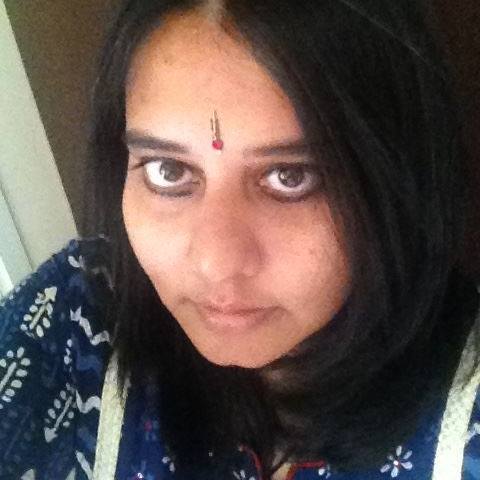
Swetha Prakash has an MA in Writing from the University of Warwick and is the recipient of the Charles Wallace India Trust Award by the British Council.She has won the The Times and Scottish Book Trust's New Writer Award and her book 'Padma Goes To Space' has been published by Tulika Books. She has edited India's first book on storytelling for schools published by Kathalaya, and recently wrote a nonfiction book called “Indian storytelling traditions.” She writes about how she is using StoryWeaver to raise funds for an NGO.
Everbefore the story goes...With humanity came myths and with myths came civilization. Myths are our collective dream. Myths are profoundly important for our individual and collective consciousness.
I am running a charity fundraising campaign for the Bangalore based poverty alleviation initiative, The/Nudge Foundation by creating original myths everyday. The campaign is called The Living Myths project. As a part of this campaign, I am posting one myth everyday on Storyweaver for 21 days. I am also urging friends and family to raise funds for The/Nudge Foundation by donating to my campaign on Ketto, which can be found here.
The/Nudge Foundation is a non-profit working on tackling poverty, which is the greatest human development challenge of our times. Their goal is to nudge 1 million people out of poverty.
How are they solving for it? Their flagship program, Gurukul, is a 100-day residential program for underprivileged youth where they are educated on livelihood skills, digital literacy, financial management, family management and personal development. The program works towards the holistic development of the students and makes sure that they work towards growing in their respective careers and always aspire for better opportunities. The Gurukul program assures job for every student and boasts off 123% placement rate.
Stories, myths and collective consciousness
What is storytelling really? It is an expression, which arises within the body from the same space that makes people paint, sing and dance. It is a message from your soul that you want to transmit to the world at large. Storytelling defines how we react to both external solid realities and to ephemeral ideas. The tellers are adepts at conjuring up the confusions and misapprehensions of life universe and everything. Stories attempt to pierce through the evanescent illusion of all life and creation. They bring to us the fullness of all life, its fulfilment, its elixir of immortality shrouded in the casket of death. Stories help us access the embodied existence of others, providing us with the fullness of our own being. They change and mould our collective consciences and teach us to extend our sympathies to other beings that share this existence with us. Stories are in their core lessons in sympathy, helping us extend our compassion and empathy to others.
Myths are narratives that answer the most profound and primordial questions of existence through fascinating stories populated by fantastic creatures. Myths typically attempt to explain how the universe is created and the primary powers that are behind all creation, manifestation and destruction. Myths about powerful beings responsible for creation can be found as far back as the Vedas.
Devdutt Pattanaik says in Indian mythology: tales, symbols, and rituals from the heart of the subcontinent, ‘Myth can be defined in two ways. First, it is a sacred idea that is inherited over generations. Second, it is absurd, irrational, and fantastic concepts about the world that appeal to unsophisticated minds. The two meanings are two sides of the same coin. Depending on one's point of view, a story, an image, or a custom can be sacred or stupid’
Most Indian myths can be found in the Puranas. Varied versions of the same myth exist. The same myth again may be open to varied interpretations depending on the audience and the purpose of narration. A myth may serve as simple delightful entertainment for the whole community or it may be understood as an entire philosophy encapsulates in symbolic code that opens up an entirely new field of meaning to a spiritual initiate who is able to read the sandhya bhasha or mystery mystical language.
You can read Swetha's modern myths here.
Are you using www.StoryWeaver.org.in in an interesting way? Write in and tell us at [email protected]
Be the first to comment.Stories for 2017: 10 Themes for a Happy New Year!
Posted by Sherein Bansal on January 06, 2017‘If you’re skilled at something, don’t give it away for free’ is a piece of advice that we heard so many times growing up, that just the fact that a thing called CC BY License even exists seems absurd and foolish by today’s standards. But that’s what Pratham Books' 1.5 year old digital platform StoryWeaver, all its illustrators, authors as well as translators believe in – free dissemination of our books in order to achieve our ultimate goal: ‘A book in every child’s hand’. In 2016, with 5326 stories uploaded on StoryWeaver, 25 languages added, and 1,19,132 new visitors (A warm hello to you all!), we feel truly grateful. It is indeed a Happy New Year for the StoryWeaver family. So we would like to express our heartfelt New Year wishes to you all in the best way we know. By highlighting here just 10 of our books that speak of themes that currently are, and will remain, points of discussion and action in 2017.
Environment
Chipko Takes Root written and illustrated by Jeyanthi Manokaran
We seriously need to drop the act that we are gracious hosts to nature, and are ‘allowing’ it to be. It’s the other way round. With some people claiming proudly that global warming is not real, and regressive environmental policies being made all over the world, it’s important to keep talking about conserving nature. Here’s a story about one of the bravest fights in India that made Chipko Movement a force to reckon with.
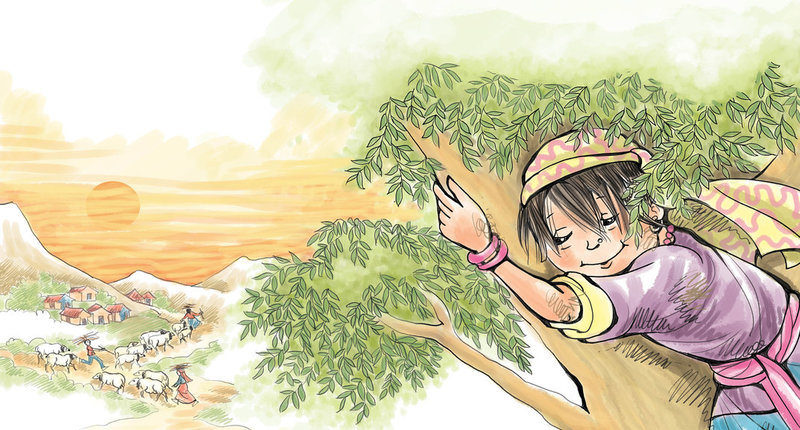
Technology
Bonda and Devi by Roopa Pai and Jit Chowdhury
Any one of us who successfully evaded technology as much as they could before, now must make their peace with it in this digital economy. We don’t know where technology will take us in 2017, but we know where it might reach in 2080! Read about this futuristic tale about two very unlikely friends. Maybe we can be friends with technology too, just like Devi in this story? Available in 9 more languages!
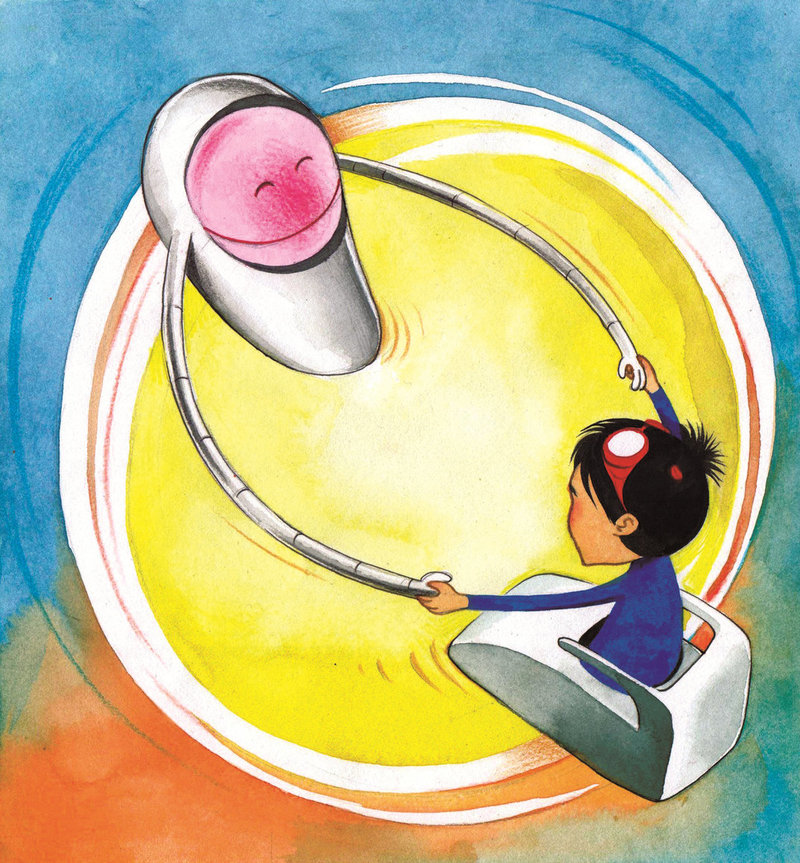
Education
Counting on Moru by Rukmini Banerji and Nina Sabnani
It’s a failure of our education system for not recognizing students as individuals and keeping them at a ‘uniform’ pace of comprehension with each other. This moving story in Hindi, Kannada, Odia and Marathi, talks about how how easy it is to lose your spark when you're a student under the wrong teacher and regain it with the right one.
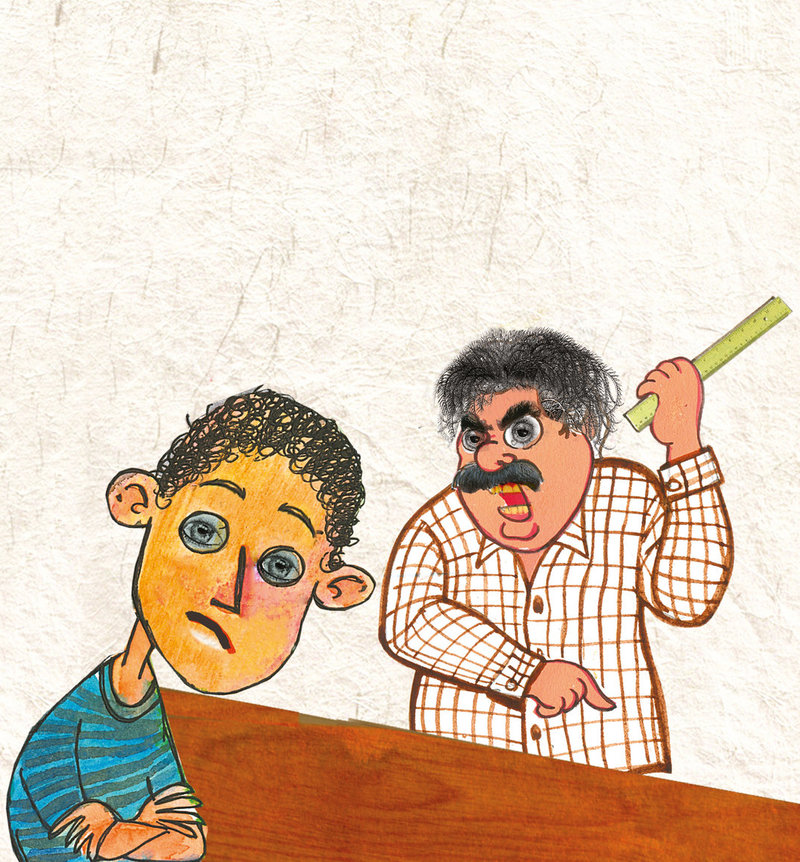
Community Activism
Wildlife in a City Pond by Ashish Kothari and Sangeetha Kadur
When the good ones are silent, the misguided will shout and reign. Be the first voice to speak up against loss of beauty and justice. Here’s a story that flows like a poem and builds up your love for something that this neighborhood derives so much peace and wisdom from that you will want to protect it yourself.
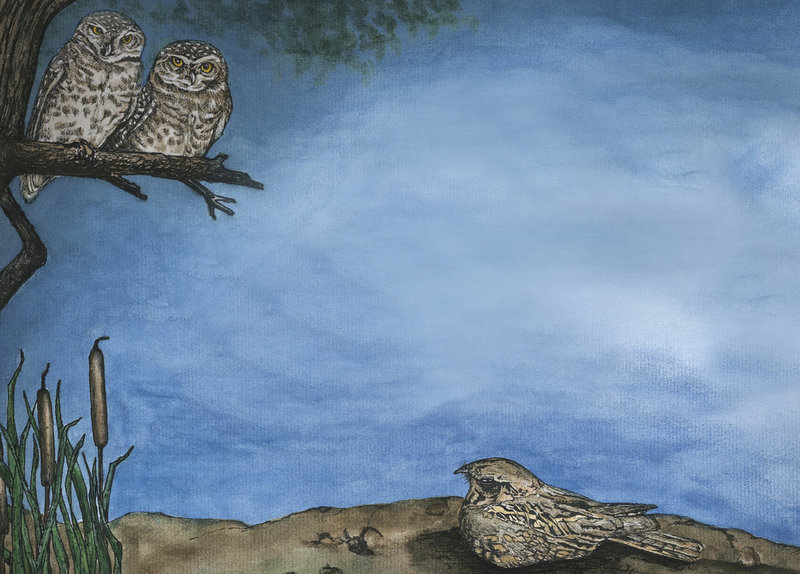
Sports
Dhyan Singh ‘Chand’: Hockey’s Magician by Dilip D'Souza and Mohit Suneja
Let’s, for once, not talk about Hockey with a sense of guilt at not having given it too much traction in life. Let’s just read this story about Dhyan Chand- one of the best things to have happened to Hockey and one of the worst that happened to Hitler. Win, win all the way and yet he stayed humbly devoted to the sport all his life. A man worth knowing about, he will teach you the true meaning of sportsmanship spirit.
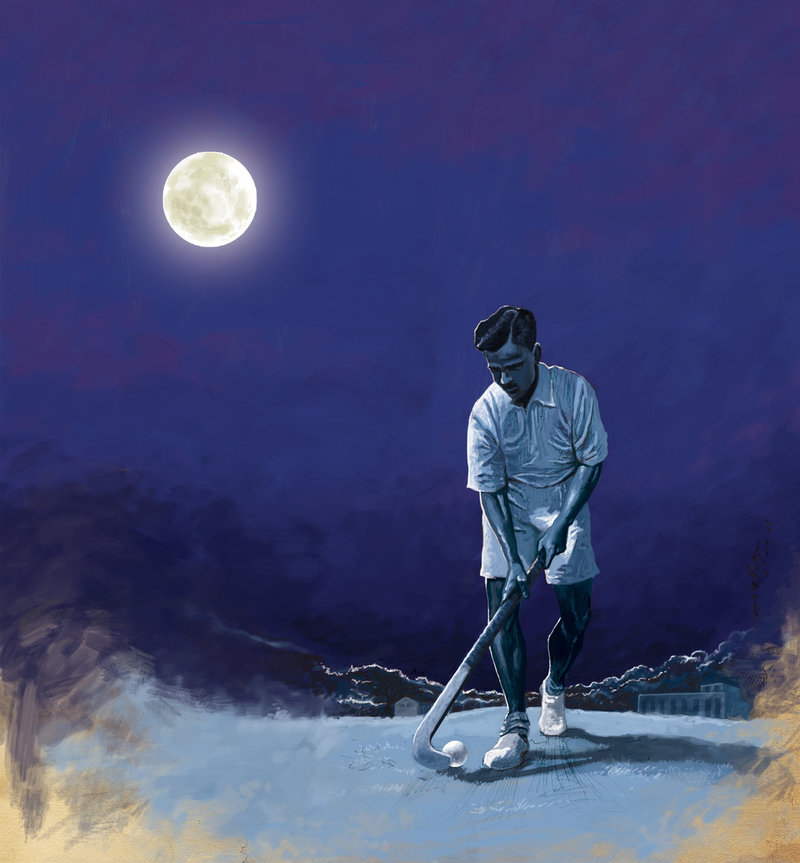
Humour
Yes, humour is indeed an important point of discussion. And more importantly, action. 2016 clearly needed a hug, and some jokes. So we are better prepared this time for 2017 with our fun story – ‘Phani's Funny Chappals’ by Sridala Swami and Sanjay Sarkar, and our Spotathon entry ‘Messy Miss Mita’ by Jisha Unnikrishnan.
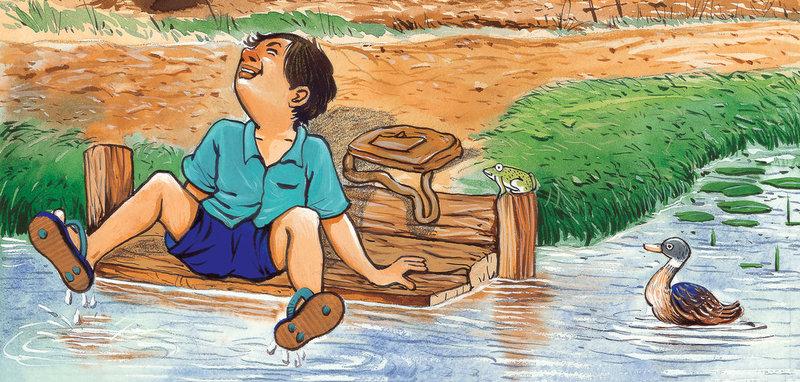
Art
Travelling inwards is just as important as travelling outwards. We need art now more than ever to connect with an ever-expanding world, and to convey our strongest messages and passions with more ease and solidarity. Experience beauty, talent and magic all woven, embroidered and sculpted together in our Dastkari Haat Books.
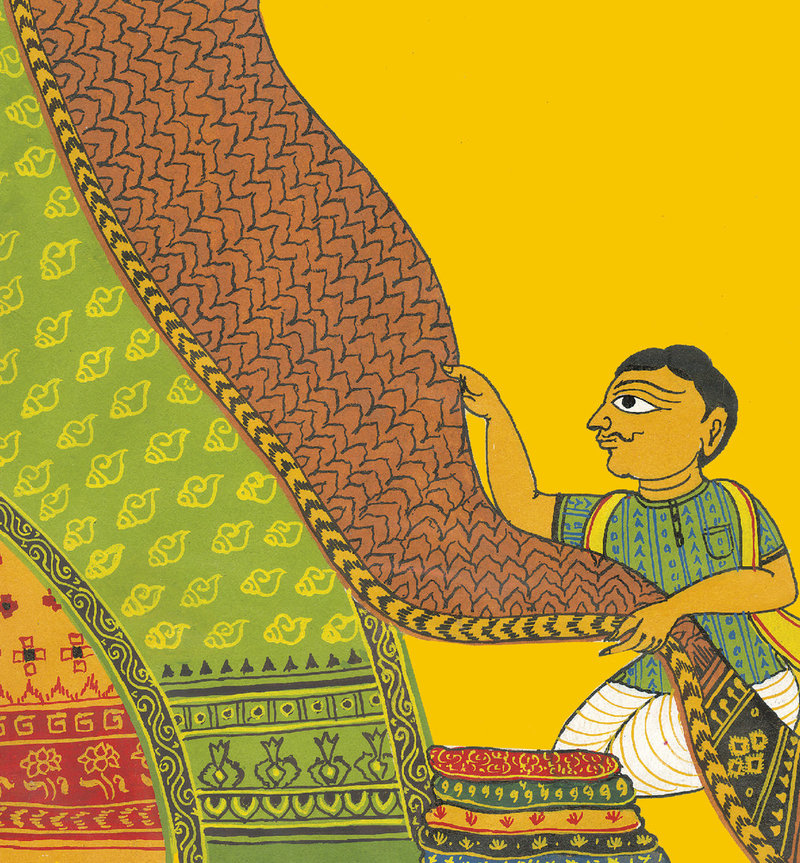
Health
Gargi and Soapy by Preethi Unnithan and Sorit Gupto
Physical, spiritual, mental and emotional health. Let’s make a new year resolution to take care of it all. Here’s a story by our SW community member about a world where a soap called Soapy will fight the evil germs and restore balance and health!
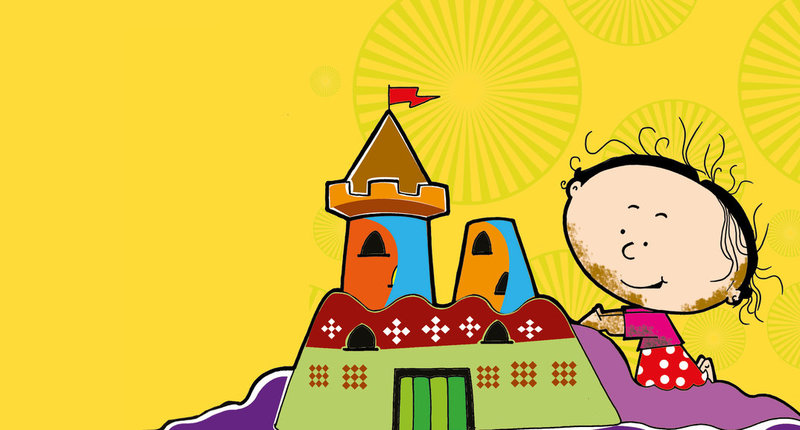
Diversity
Why is Nita Upside Down? By Roxana Bouwer and Sarah Bouwer
Dismissed someone lately or ridiculed someone in your mind (because doing it to their face would be politically incorrect) just because they did not look, talk or well… live, like you do? This one’s for you then. Let’s look at how a child sees a playground, and let’s compel ourselves to look at people and accept them the way they are in this judgment-reflexed world.
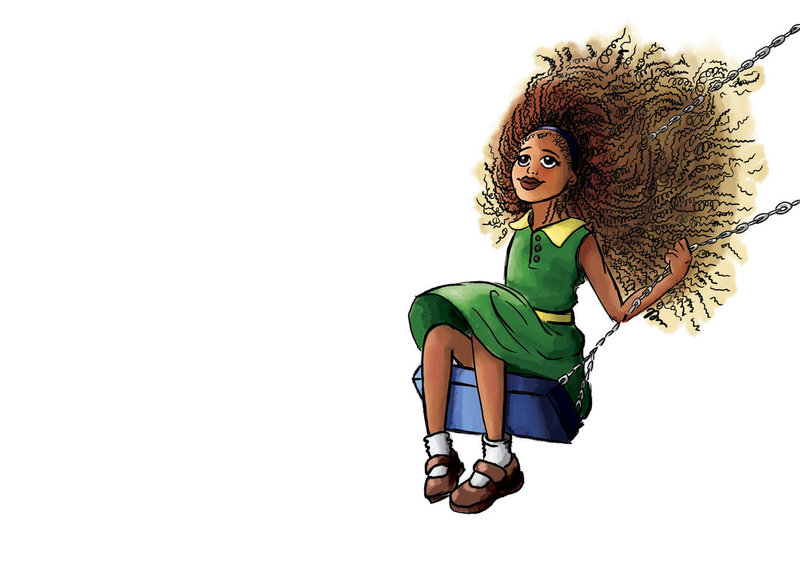
Family
وصیت by Anis Azmi and Juhi Agarwal
There are all kinds of families. But as this Urdu story shows, not one can function without mutual trust and respect - Values that can make 2017 better for everyone. Ride a camel to Egypt and pay a visit to this family? Let’s go.
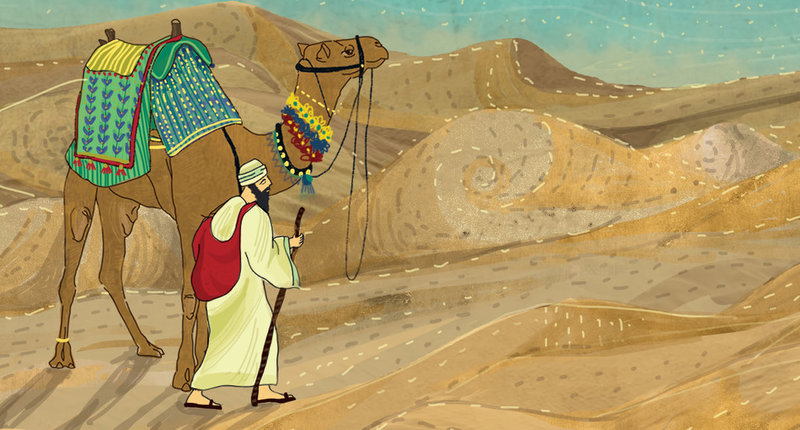
Which theme concerns you the most as we step into a new year? Tell us in the comments, or on Twitter and Facebook.
Be the first to comment.